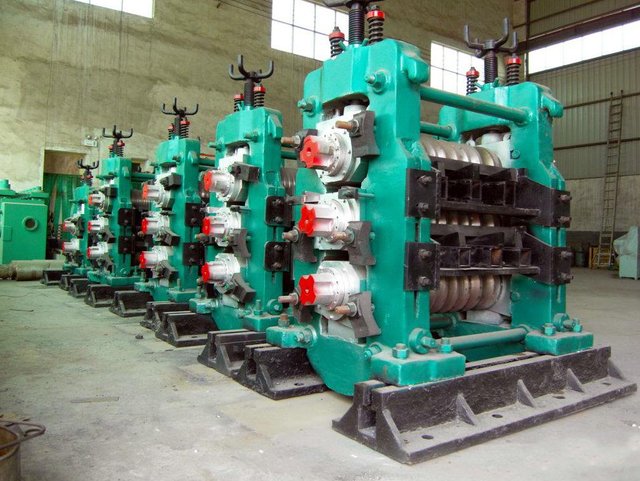How to choose a rolling mill?

The selection of rolling mills can be considered from the following five aspects:
I. Production requirements
Product specifications: clarify the specifications of the steel or metal materials you need to produce, including thickness, width, length and other ranges. The rolling capacity and accuracy of different rolling mills vary in these aspects, ensuring that the selected rolling mill can meet your requirements for product size.
Production capacity: Determine the production speed and output of the rolling mill according to your production plan and market demand. It is necessary to consider the production tasks per hour, day, month or year, and select the rolling mill model that can achieve the corresponding production capacity.
Product variety: If you need to produce a variety of different types of products, such as plates, wires, profiles, etc., then you need to choose a rolling mill type that is more versatile or specifically for your product variety.
II. Equipment performance
Rolling accuracy: High-precision rolling mills can produce products with small dimensional tolerances and good surface quality. Understanding the rolling accuracy indicators of the rolling mill, such as thickness deviation, width deviation, flatness, etc., is crucial for applications with high product quality requirements.
Rolling stability: A stable rolling process helps reduce scrap rates and improve production efficiency. Pay attention to the stability and reliability of the mechanical structure, transmission system, control system, etc. of the rolling mill.
Automation: A rolling mill with a high degree of automation can reduce manual intervention, improve production efficiency and product quality consistency. For example, automatically controlled rolling speed, tension, reduction and other functions, as well as online detection and quality control equipment.
III. Equipment cost
Purchase cost: The prices of rolling mills of different types, specifications and brands vary greatly. On the premise of meeting production needs, compare the prices and cost-effectiveness of different suppliers, and select rolling mill equipment within a reasonable investment budget.
Operating cost: Consider the operating costs of the rolling mill, such as energy consumption, maintenance costs, and spare parts costs. Energy-efficient rolling mills and equipment that are easy to maintain, have sufficient spare parts supply and are reasonably priced can reduce long-term operating costs.
IV. Supplier reputation and service
Supplier reputation: Choose a rolling mill manufacturer or supplier with good reputation and rich experience. Understand its market reputation, customer evaluation, production scale and historical performance to ensure the quality and reliability of the equipment.
After-sales service: High-quality after-sales service is essential for the long-term stable operation of the rolling mill. Understand the supplier's after-sales service network, response time, technical support capabilities and training services, etc., to ensure timely and effective support in equipment installation and commissioning, operation and maintenance, and troubleshooting.
V. Technology development trends
Pay attention to the technology development trends in the industry and choose rolling mill equipment with advanced technology to maintain advantages in future market competition. For example, the application of new rolling processes, intelligent control technologies, energy-saving and environmental protection technologies in the field of rolling mills is constantly developing. Choosing equipment with these advanced technologies can improve the competitiveness and sustainable development capabilities of enterprises.